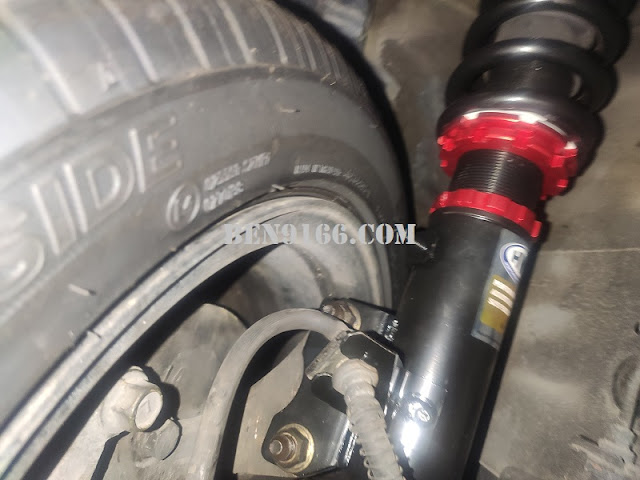
“Engine is Alive!” perfectly describes the excitement of bringing a newly built engine to life. And that’s exactly what we did.
After months of hard work and dedication, the engine was finally in place. It was time for the first test. We cranked the engine, and there it was — the engine was turning over. It was alive! However, something was off. Despite several attempts, the engine wouldn’t fully start.
We checked everything, and after some careful inspection, the issue became clear: the fuel tank was empty. It was a simple mistake — one that many builders, especially beginners, make. We forgot to fill up the tank before trying to start the engine.

Even though the engine didn’t fully start, the fact that it cranked was a huge relief. This meant that the engine was alive, just waiting for that last bit of fuel to get it running properly.
What Happened During the Startup?
The startup process wasn’t perfect. You’ll hear loud noises in the videos — that’s because the exhaust manifold wasn’t properly connected at the time. While it made the engine sound rough, it didn’t stop the excitement of hearing it crank and knowing it was close to life.
We delayed the startup because the fuel tank was empty, but we can fix that easily. Once we fill the tank and tighten the exhaust manifold, we’ll start the engine properly next time.

What’s Next after the Engine is Alive?
Now that we know the engine is alive, we’re one step closer to a smooth startup. We’ll fill up the tank, connect the exhaust manifold correctly, and try again. The engine is almost there, and we’re confident it will run perfectly after these small fixes.
This process reminds us that car building is full of small lessons and mistakes. But with each trial and error, we get closer to our goal. The engine is alive, and it’s just a matter of time before it’s running smoothly. Continue to follow my Satria for more.






